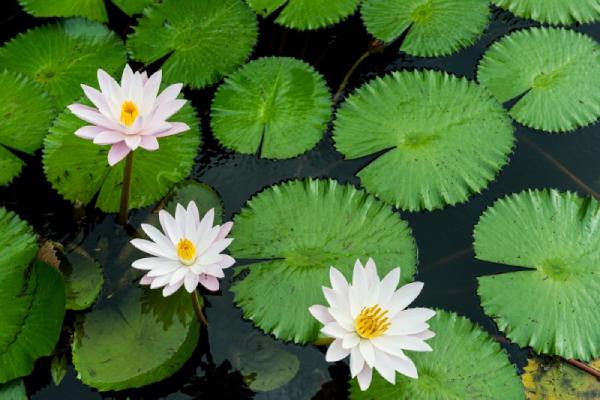Do Fish Get Bothered by Pond Lights? [Pond Lighting]
Pond lighting can add a magical touch to any outdoor space, transforming a backyard into a captivating oasis. Beyond aesthetics, these lights serve practical purposes like enhancing visibility and safety, particularly during evening hours.
However, as with any alteration to the natural environment, concerns arise about how pond lighting affects its inhabitants, particularly fish. Do these underwater residents get bothered by the glow of pond lights? Let’s dive in and shed some light on the matter.
The Impact of Light on Fish
Light plays a crucial role in the life cycle and behavior of fish. It influences their feeding patterns, reproduction, and even migration. In natural settings, the intensity and duration of sunlight vary throughout the day, creating distinct light and dark cycles that fish have evolved to adapt to. These cycles regulate their internal clocks and biological functions.
Artificial lighting, such as pond lights, can disrupt these natural rhythms. Fish may become disoriented or stressed if exposed to constant illumination during the night, disrupting their feeding and resting patterns. Additionally, excessive light can attract insects, which may disturb fish or introduce unwanted pests into the pond ecosystem.
Types of Pond Lighting
When considering the impact of pond lighting on fish, it’s essential to understand the different types of lighting available and their potential effects:
- Submersible Lights: These lights are designed to be submerged underwater, illuminating the pond from below. Submersible lights can create a stunning visual effect, but their brightness and color temperature should be carefully chosen to minimize disruption to fish.
- Floating Lights: Floating lights are positioned on the surface of the water, casting a gentle glow across the pond. While less intense than submersible lights, they still contribute to ambient lighting and can affect fish behavior if too bright.
- Spotlighting: Spotlights are often used to highlight specific features of the pond, such as waterfalls or statues. While they provide focused illumination, they should be directed away from areas where fish congregate to avoid causing discomfort.
Minimizing Disruption
To ensure that pond lighting enhances rather than disturbs the aquatic environment, several strategies can be employed:
- Use Warm, Low-Intensity Lighting: Opt for warm-colored bulbs with lower intensity to mimic the natural glow of moonlight. This type of lighting is less likely to disrupt fish behavior compared to harsh, bright lights.
- Implement Timers or Dimmers: Install timers or dimmers to regulate the duration and intensity of pond lighting. This allows for a gradual transition from day to night, minimizing sudden changes that may startle fish.
- Create Shaded Areas: Incorporate plants, rocks, or other structures to create shaded areas within the pond where fish can retreat from the light if needed.
- Monitor Fish Behavior: Observe the behavior of fish after installing pond lighting. Signs of stress or agitation, such as excessive swimming or hiding, may indicate that adjustments to the lighting are necessary.
Conclusion
Pond lighting can enhance the beauty and ambiance of outdoor spaces, but it’s essential to consider its impact on the inhabitants, particularly fish. By choosing the right type of lighting, controlling intensity and duration, and creating shaded areas, it’s possible to minimize disruption to the natural rhythms of pond life. Ultimately, responsible use of pond lighting can create a harmonious environment where both humans and fish can enjoy the tranquility of the water under the gentle glow of light.

![How To Stop Your Pond From Overflowing [Pond Overflow Fix]](https://pondmemo.com/wp-content/uploads/2023/05/how-to-stop-your-pond-from-overflowing-1-img.jpg)

![How To Fix Pond Liner To Wood [Step-By-Step Guide]](https://pondmemo.com/wp-content/uploads/2023/05/how-to-fix-pond-liner-to-wood-1_img-min.jpg)

![What Is Pond Sludge, Causes and How To Remove It? [Practical Guide]](https://pondmemo.com/wp-content/uploads/2023/05/pond-sludge-causes-and-removal-1-img.jpg)
